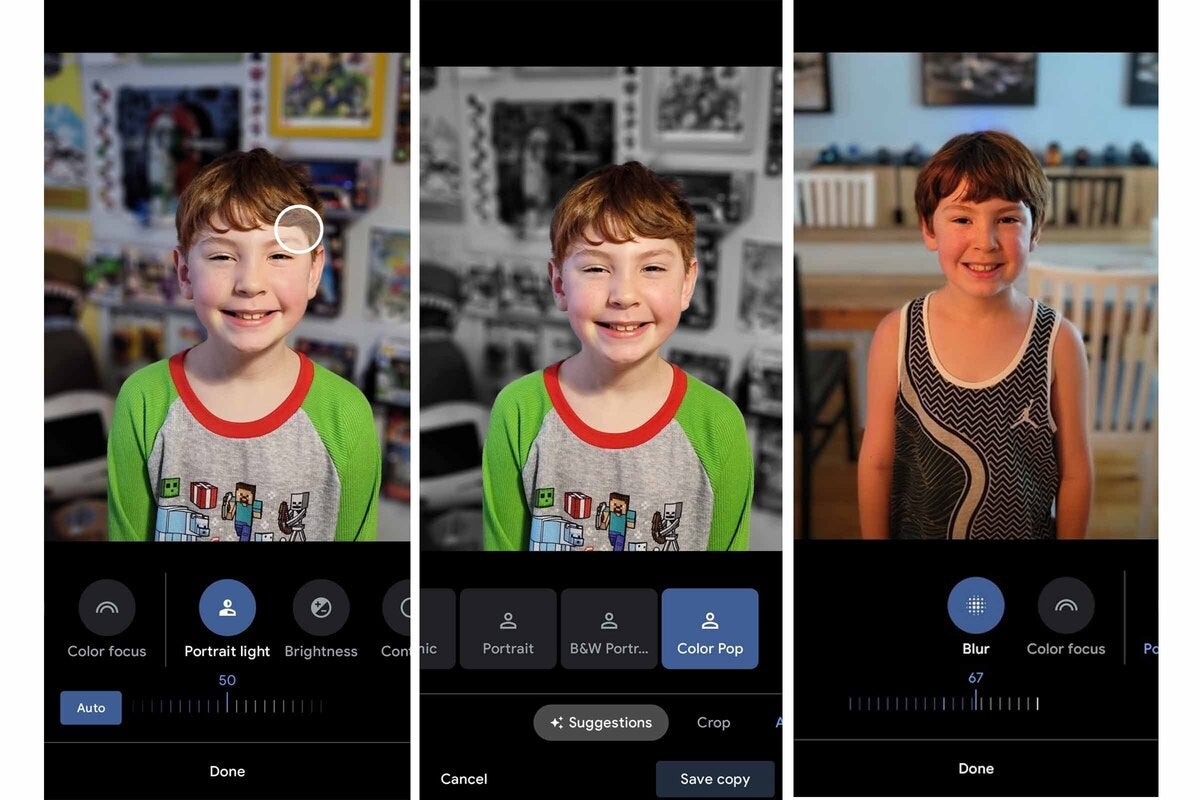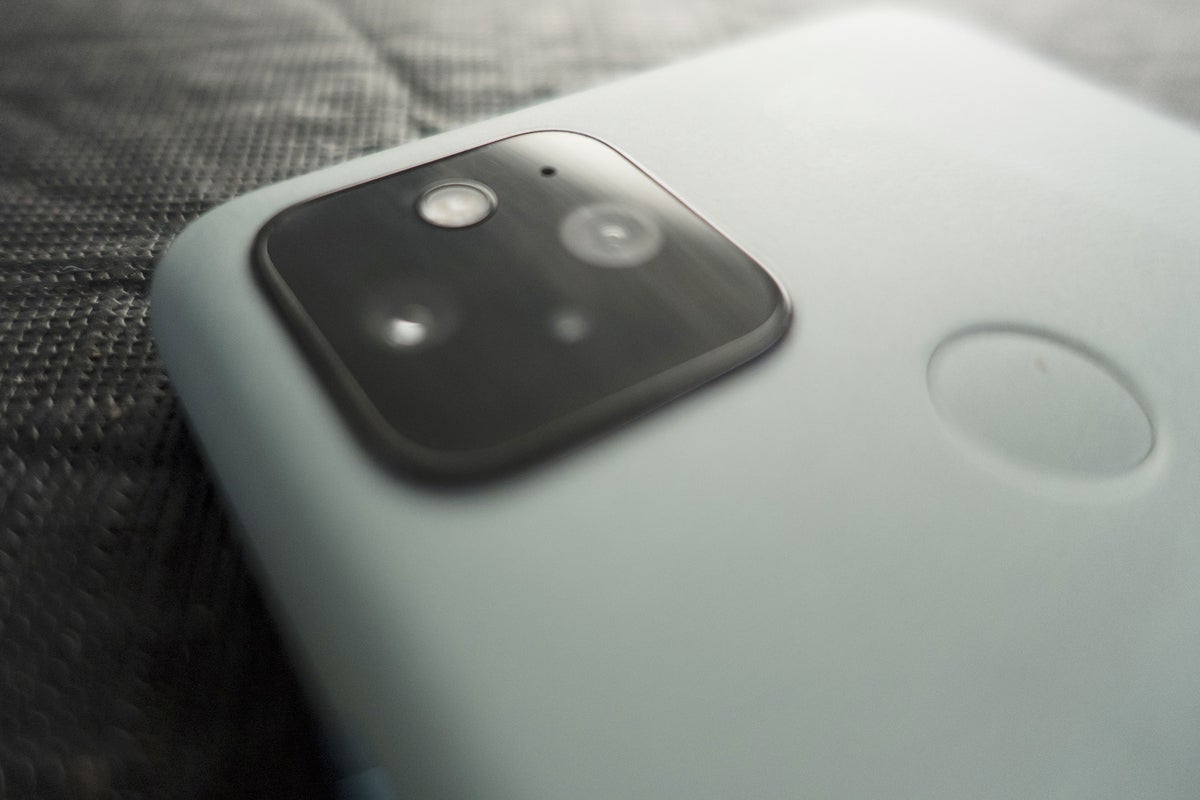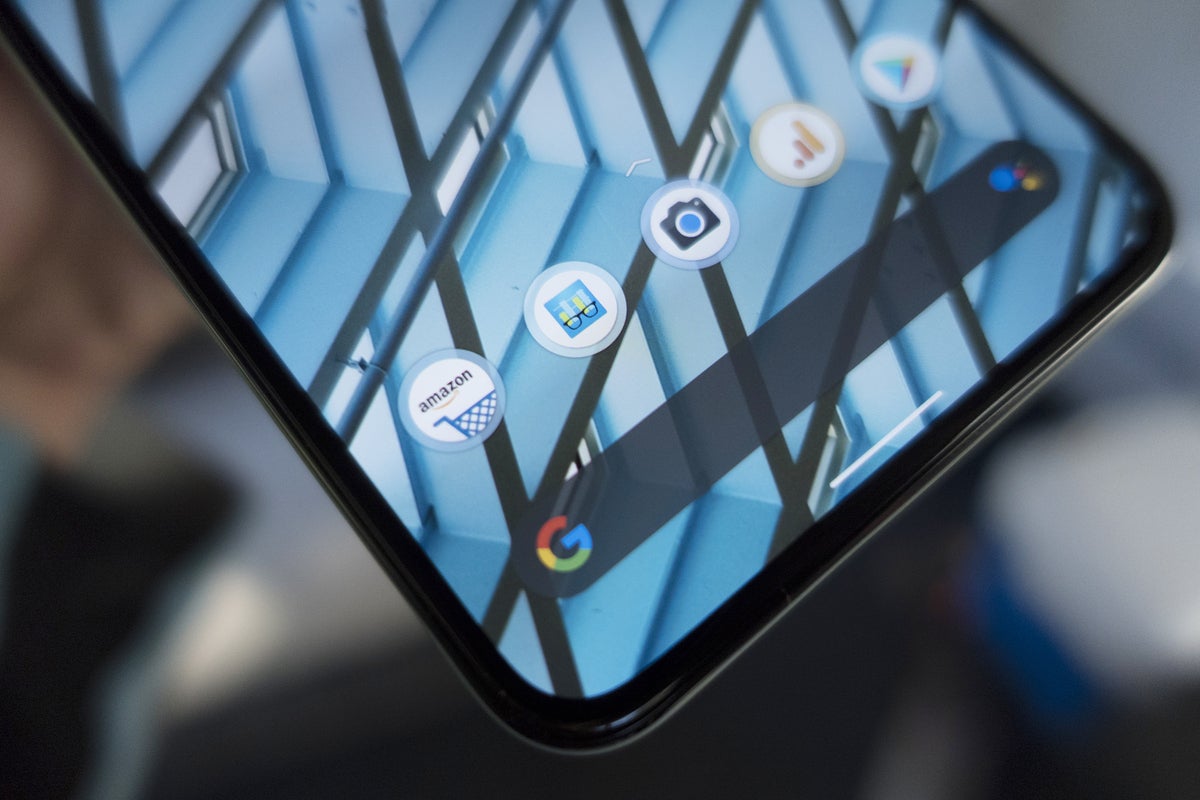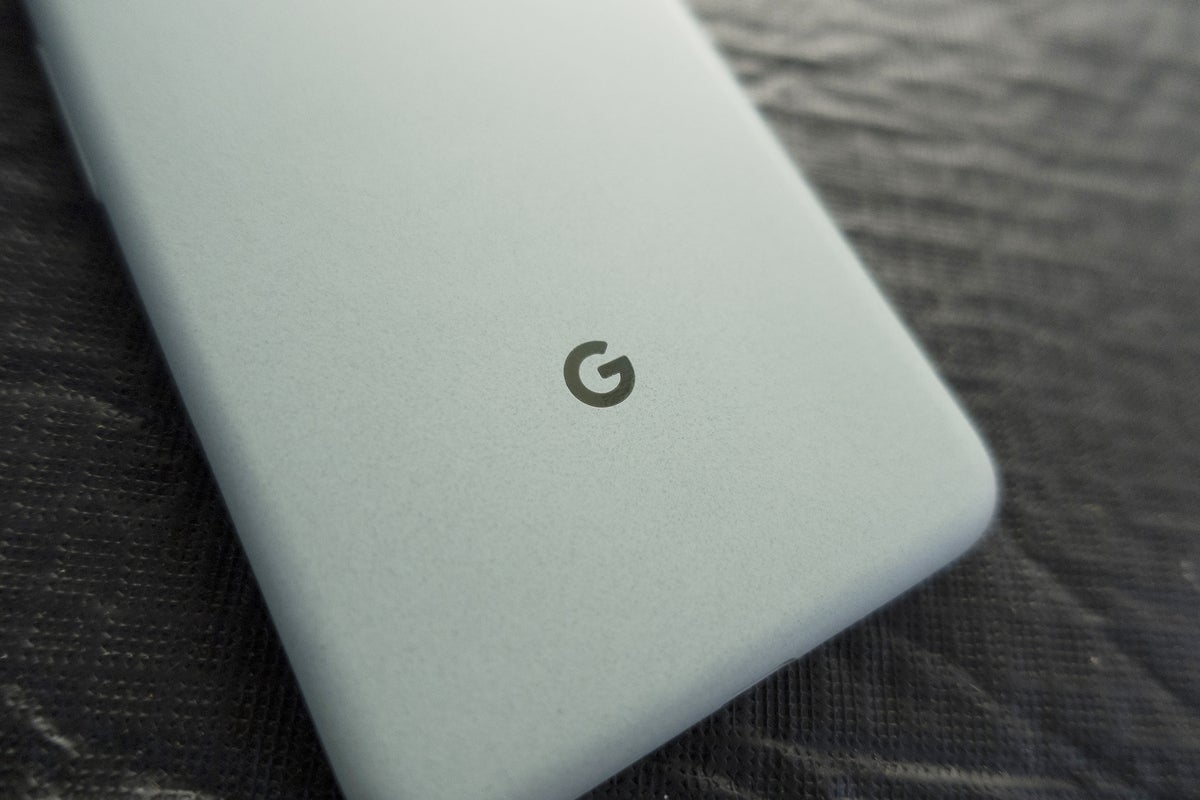How Google could turn Android into just another subscription
- 25 February, 2021 22:30
At a time when version updates are becoming less of an issue and major phone makers are finally beginning to guarantee years of updates, Google might have found a way to end Android fragmentation once and for all: by turning it into a service.
The signs are there. On February 11, Google announced that several “Pixel-first” features in Google Photos—Portrait Blur, Portrait Light, and Color Pop—won’t actually be coming to all Android phones as expected. Instead, Google is offering them as a benefit to Google One subscribers, effectively putting them behind a paywall along with what Google calls “other new machine learning-powered effects.”
 IDG
IDG
Some Google Photos features will be locked behind a Pixel or Google One paywall.
Granted, these aren’t huge features, and most people probably won’t even care whether they have them. Google Photos is a few steps removed from Android. But Google’s decision to put them behind a paywall suggests a shift in how the company will treat future Android app and system updates.
The Pixel as a platform
Google’s own Pixel phone appears to be turning into a service. Ever since its release in 2016, the house brand has been a showcase for the latest software and hardware advancements from Google. It started with the Pixel Launcher and Google Search bar widget, and it’s continued through the more recent Pixel Feature Drops, which bring new system and app features to Google’s own phone before they reach other vendors’ phones.
The Portrait Blur feature that’s now part of Google One, for example, debuted with the first Pixel Feature Drop in December, 2019. It’s always been free to Pixel owners, but it’s also always technically been a paid feature.
 Michael Simon/IDG
Michael Simon/IDG
The Pixel phones have never been about the hardware, but it’s even less so now.
Android features also seem to be the priority for Google’s lineup of phones, rather than the phones’ own specs or screens. Things like 5G and reverse wireless charging are nice, but they’re not what makes the Pixel a great phone. It’s the pure, frictionless Android experience, the likes of which you won’t be able to find anywhere else. Whether you pay $699 for the Pixel 5 or $349 for the Pixel 4a, you’re buying into a platform. And now Google might want to sell it to everyone else too.
Hardware is secondary
The best Android features don’t rely on the hardware at all. Adaptive Charging, Extreme Battery Saver, Call Screen, Car Crash Detection, Recorder, and all of the camera features work across all Pixel phones released over the past few years. You don’t need the latest model to take the best pictures or enjoy the best features, you only need to update to the latest version of Android.
 Michael Simon/IDG
Michael Simon/IDG
Android is the real reason the Pixel exists.
You can see where this could go. Just like the Google Photos features that now come with Google One accounts, Google could offer a standalone Pixel launcher that works with any Android Phone, not just Pixels. Subscribing could then unlock features and apps that aren’t available to users who aren’t invested in the Pixel ecosystem. It would be like Android, but as a service that’s independent of the phone you choose.
When you boil it down, it’s not all that different from how things are now. Assuming you upgrade your phone every two to three years and pay for online storage, you’re already paying $10-$20 a month for your Android phone. In that context, the idea of offering a subscription for a Pixel Launcher that you could slap onto your Galaxy S21 isn’t so crazy.
Pay to play
New Pixel phones already come with three months of Google One, so it’s not a stretch for Google to turn the Pixel itself into a service. Google could charge $15 a month for the Pixel Launcher and 200GB of Google One storage, plus a guarantee to receive three years of updates.
 Michael Simon/IDG
Michael Simon/IDG
The Pixel is already an Android subscription service.
By turning the Pixel and its features into a launcher, Google would basically eliminate version fragmentation. There wouldn’t be a worry about when or if your phone would get Android 13 or 15—the Pixel Launcher would bring the features you need and leave security updates to normal system updates. It could essentially be the ultimate Android fork that doesn’t care which phone you’re using.
It could be that the new Google Photos features are nothing more than a Google One benefit to make up for the general lack of perks. But it could also be the start of a new strategy that takes the phone out of the Pixel and frees up Google to do what it does best.





